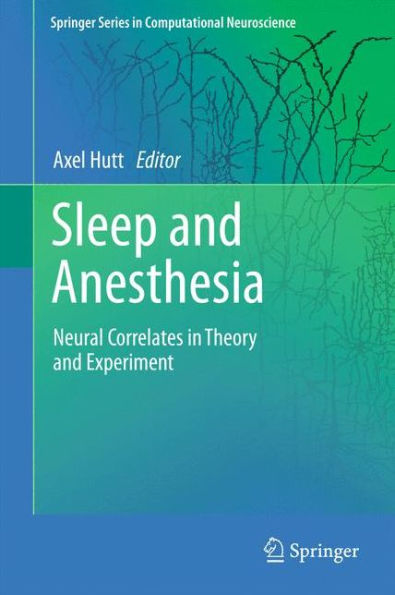5
1
9781461430247


Sleep and Anesthesia: Neural Correlates in Theory and Experiment / Edition 1 available in Paperback

Sleep and Anesthesia: Neural Correlates in Theory and Experiment / Edition 1
- ISBN-10:
- 1461430240
- ISBN-13:
- 9781461430247
- Pub. Date:
- 11/06/2013
- Publisher:
- Springer New York
- ISBN-10:
- 1461430240
- ISBN-13:
- 9781461430247
- Pub. Date:
- 11/06/2013
- Publisher:
- Springer New York
249.99
In Stock

Product Details
| ISBN-13: | 9781461430247 |
|---|---|
| Publisher: | Springer New York |
| Publication date: | 11/06/2013 |
| Series: | Springer Series in Computational Neuroscience , #15 |
| Edition description: | 2011 |
| Pages: | 260 |
| Sales rank: | 543,605 |
| Product dimensions: | 6.10(w) x 9.25(h) x 0.02(d) |
From the B&N Reads Blog
